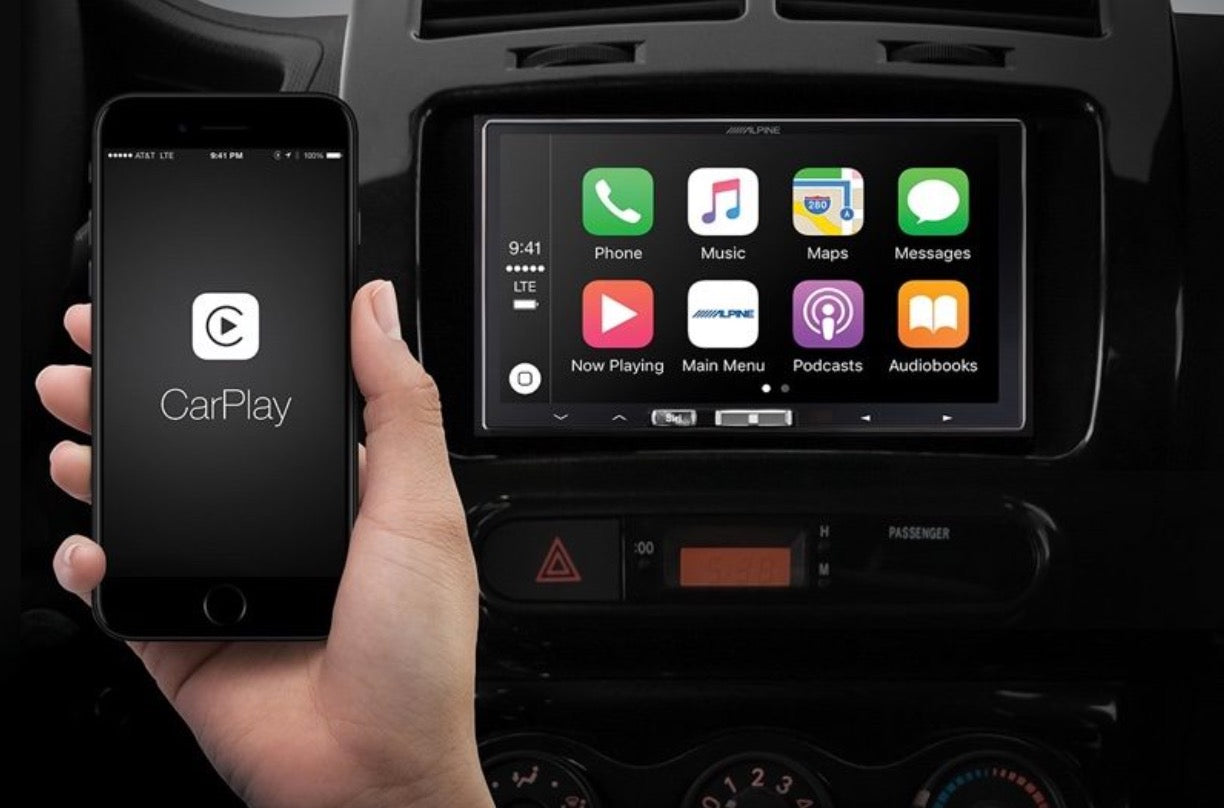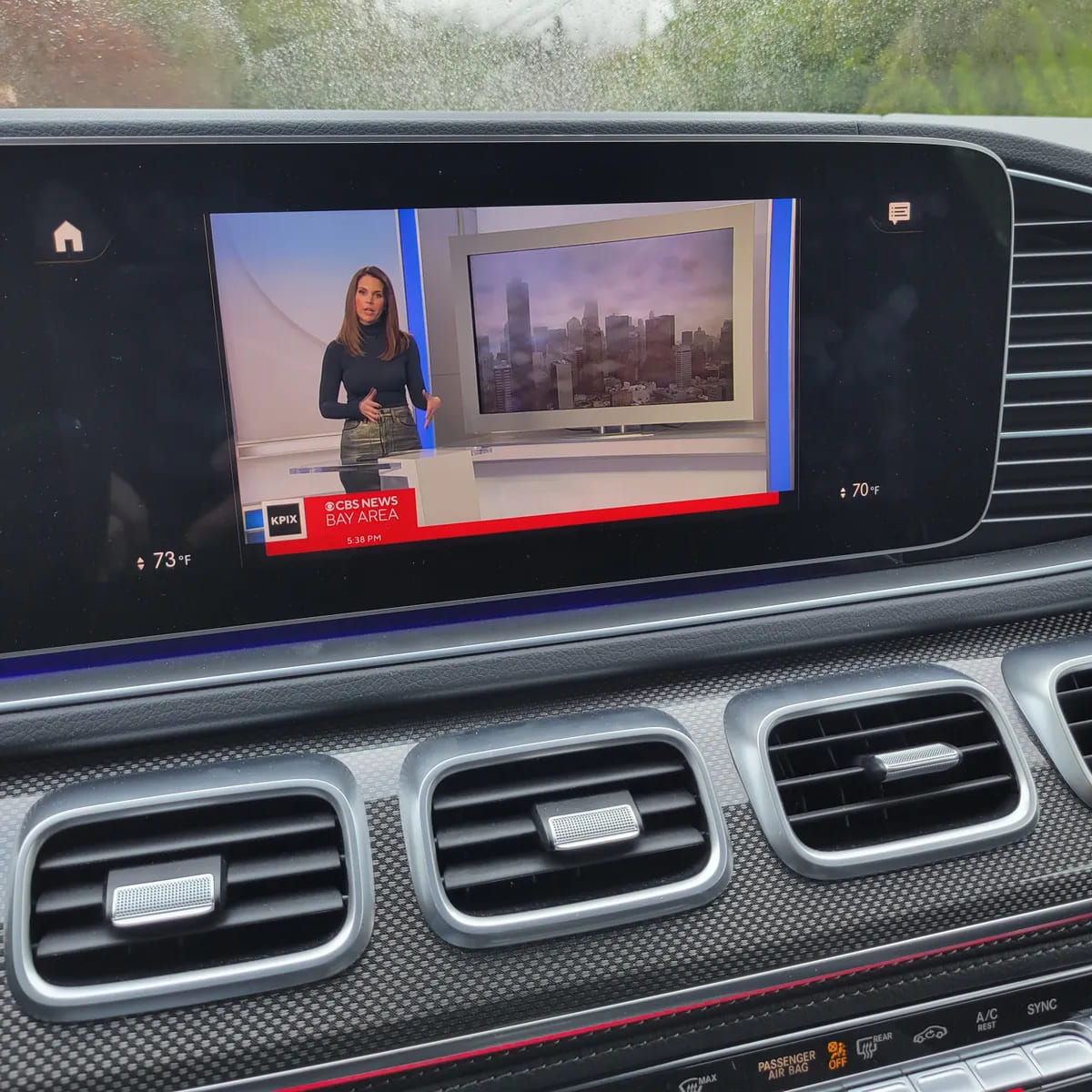1. Introduction
In a significant move within the automotive industry, General Motors (GM) has announced its decision to phase out CarPlay in its new generation electric vehicles, citing a commitment to enhancing driver safety. This decision marks a notable departure from the prevailing trend of integrating smartphone connectivity solutions like CarPlay and Android Auto into modern vehicles.
GM's rationale behind this move suggests a strategic shift towards prioritizing in-house infotainment systems over external platforms. While the company asserts that this decision is driven by a dedication to improving driver safety, it has stirred a considerable response from consumers and industry observers alike.
This article delves into the content and explanation of GM's decisions, examines consumer reactions, and discusses the root causes that impact driving focus. As we explore this decision, we aim to illuminate the complex relationship between in-car technology, driver safety and consumer preferences.
2. Understanding GM's Decision
GM's statement regarding the decision to abandon CarPlay
General Motors announced earlier this year that it would phase out Apple CarPlay and Android Auto systems in its upcoming electric vehicles in favor of its new infotainment system in partnership with Google.
They named this new GM system Ultifi. Ultifi will be available in the 2024 Chevrolet Blazer EV. According to GM, the Ultifi system comes with a range of Google apps built-in, such as Google Maps and Google Assistant.
The core of the entire system lies in the Google Assistant application. General Motors hopes that their customers are able to use the built-in Google Assistant to control the entire car's systems, such as the communication system, handling phone call or sending text messages. Additionally, the audio system and climate system can be controlled by voice as well.

GM Aims for Enhanced Driver Safety by Phasing Out CarPlay.
According to Tim Babbitt, GM's head of infotainment products, GM is seeing some stability issues with both Apple CarPlay and Android Auto, such as unstable connections, slow responses or occasional hiccups.
When faced with these problems, drivers will inevitably be distracted and shift their focus from the road to their phones or car screens, which is something GM does not want to see.
Therefore, GM believes that if the vehicle's built-in system can fully integrate all functions and allow drivers to control everything in the car through the steering wheel or voice assistant, they will be less distracted and drive safer.
But Babbitt also admitted that this conclusion is not supported by sufficient data testing, but GM believes that Ultifi has huge potential if consumers are willing to try it.
3.Consumer Reactions
General Motors' announcement that it will gradually abandon Apple CarPlay and Android Auto has undoubtedly triggered opposition from many consumers. This shift in GM's strategy has sparked heated debate as drivers increasingly rely on seamless connectivity for convenience and entertainment.
Some consumers expressed displeasure at GM's decision to ditch CarPlay, a widely adopted interface known for its user-friendly integration with Apple devices, and Android Auto. In addition, as the number of Android mobile phone users continues to increase, Android auto has gradually become a necessary car-machine interconnection system for people. Apple CarPlay and Android Auto are both widely used and accepted in-car connectivity systems, and those who have become accustomed to the intuitive capabilities of CarPlay and Android Auto may question this decision and its potential impact on the overall driving experience.
This is what some customers think about this approach
“Buulllllll
Wireless CarPlay has if anything improved the safety significantly. I was never one to text and drive, but definitely had instances where I had to fix navigation directions or whatever. Now, for the most part, I can tell Siri to do it or use my phone contacts. I can even tell Siri to skip ahead 4 minutes on a podcast or whatever. Never taking my eyes off.
Even if a vehicle has great integrated streaming services, I want to pick up where I left off with my phone on podcasts or audiobooks. I don’t want to have to find where I was on their POS Android substitute.
Oh well, hope it bites them on their ass for being greedy and treating customers like they are stupid. Will just continue driving our Ford vehicles that have no such restrictions.”
—From Reddit/CarPlay
“Every car manufacturer wants to be tesla without investing nearly as much in software and hardware development. Tesla can somewhat get away with no CarPlay because they have intuitive and well-integrated software running on fairly fast hardware. Apart from tesla, I can't name a single infotainment system I'd rather use over CarPlay.
CarPlay costs nothing to integrate for the manufacturer, Mercedes at least offers it alongside MBUX. As good as GM's system is getting, its nowhere near as good as tesla or even mbux/idrive”
—From Reddit/Cars
“All auto makers completely failed at their next gen infotainment systems. CarPlay and AndroidAuto saved them.
But they view it as a loss of a differentiator, a license cost, etc.
We do not want different infotainment systems in each of our vehicles. We want seamless integration of the communication/entertainment/information system we have with us at all times, across all vehicles.
(And buttons. We want buttons to control the damn vehicle’s main functions.)”
– From Reddit /BoltEV
From the comments gathered, it's evident that consumers are predominantly expressing negative sentiments towards GM's decision to abandon CarPlay and Android Auto in their new generation electric cars. For users accustomed to CarPlay, the system has provided significant convenience, with Siri catering to their voice-controlled needs, handling in-car tasks seamlessly.
Contrary to GM's assertion, these users believe that CarPlay has positively contributed to enhancing safety, allowing them to perform tasks via voice commands or phone operations without diverting their attention. This challenges GM's claim that CarPlay and Android Auto cause distractions for users.
Taking a deeper perspective, with diminishing differentiations in modern automotive hardware configurations, the battleground has shifted to in-car infotainment systems. Tesla's success has instilled confidence in some automakers, leading them to view infotainment systems as a key battleground.
However, GM may have overlooked a crucial aspect: Tesla's success is not solely attributed to its infotainment system but also to its powerful acceleration system and relatively well-integrated software. Even then, Tesla hasn't completely escaped the influence of CarPlay, as many Tesla users express a desire to have CarPlay in their vehicles.While GM's system is evolving, it still lags far behind Tesla and some other brands, indicating a lack of consumer confidence in GM's new system.
Ultimately, from the user's perspective, what truly matters is the consistency and seamless integration of the system. CarPlay and Android Auto offer users a consistent experience across different car models, addressing the real concerns of convenience and uniformity.
In the United States, where many households own multiple vehicles, the prospect of different systems in cars implies that users may need to perform different operations upon entering each vehicle, undermining the overall user experience.These feedback reflections unveil consumer apprehensions regarding GM's decision, highlighting their needs about system experience, seamless integration, and safety.
As GM pursues a more advanced infotainment system, it is crucial to closely monitor and respond to consumer needs and concerns to ensure meeting the expectations of a diverse user base.
4. Is CarPlay the fundamental reason behind people being distracted while driving ?
The Original Intent and Functionality of CarPlay
CarPlay was conceived to offer a smarter and more convenient driving experience within automobiles. The system enables drivers to seamlessly connect and operate their iPhones through the in-car entertainment system, providing access to navigation, music, communication, and more. The initial design aimed to enhance user convenience, allowing individuals to focus their attention on the road rather than their phones. However, with the widespread adoption of CarPlay, some have begun to question its actual contribution to improving driver focus, positing it might even become a source of distraction.

The Fundamental Reasons Affecting Driver Focus
Despite CarPlay's intended purpose of reducing smartphone usage while driving, the fundamental reasons affecting driver focus may lie in the individual driving habits of motorists. Firstly, a driver's personal habits and behaviors directly influence how they use CarPlay. Some drivers may be more prone to frequently operating CarPlay during driving, making it a potential source of distraction.
If a driver has poor driving habits, any feature in a car, even just a radio, can become a distraction. Moreover, considering everyone has a smartphone, even if there is nothing in the car, some individuals might engage in activities like making calls or sending texts while driving.
These individual differences could explain why some drivers perceive CarPlay as negatively impacting their driving habits, while others find it convenient. Therefore, for a comprehensive assessment of CarPlay's impact on focus, we need to consider individual driver habits and usage patterns. Educating and training drivers on safe and focused driving behaviors become crucial, rather than solely attributing all blame to CarPlay. CarPlay itself was designed to better serve people, and its usage ultimately relies on individuals' safety awareness.

Conclusion
While CarPlay's initial design aimed to provide a more convenient driving experience, the level of driver focus is largely determined by individual usage patterns.
Establishing good driving habits is key to ensuring safe driving. Whether using CarPlay or other in-car technology systems, drivers should recognize the importance of maintaining focus during the driving process. Avoiding frequent operations, minimizing multitasking, and completing phone and in-car system settings while parked are all integral parts of cultivating good driving habits.
Education and training emerge as vital tools in raising driver awareness, aiding them in understanding effective usage of in-car technology systems while driving. By encouraging drivers to adopt good behavioral habits, the risks of distracted driving can be minimized, striking a balance between technology and driving for a safer, more focused driving experience.



Leave a comment
All comments are moderated before being published.
This site is protected by hCaptcha and the hCaptcha Privacy Policy and Terms of Service apply.